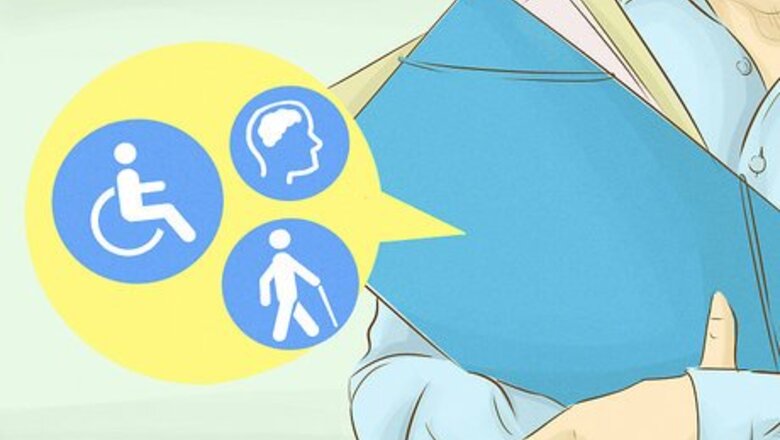
views
Determining Your Eligibility

Determine if you qualify. The standard set by the State of Florida is that a permit will be issued to people who are either temporarily or permanently impaired in their ability to walk 200 feet without stopping, or who are sight impaired (temporarily) or permanently legally blind. If you believe that this definition applies to you, then you will want to consult with your doctor and proceed with the application. There is an additional qualification that Florida recognizes, which is the “disabled frequent traveler.” If you are disabled and travel frequently by plane, train, bus or boat, or if you are a quadriplegic, you can apply for two permits. That will allow one for a car at your departure site, and a second for a car at your destination.

Consider whether your disability is temporary or permanent. If you have a condition that limits your mobility but will only last a few months, such as a broken leg for example, you may only need a temporary permit. This is valid for up to six months. If your condition is permanent or will last longer than a year or so, you should apply for the permanent (“regular”) permit.

Review the state eligibility requirements. According to the Florida Department of Highway Safety and Motor Vehicles, the following issues are considered recognized “disabilities”: Inability to walk without the use of or assistance from a brace, cane, crutch, prosthetic device, or other assistive device, or without assistance of another person. If the assistive device significantly restores the person's ability to walk to the extent that the person can walk without severe limitation, the person is not eligible for the exemption parking permit. The need to permanently use a wheelchair Breathing restriction caused by lung disease Use of portable oxygen Cardiac condition that significantly limits your ability to function regularly Severe limitation in a person's ability to walk due to an arthritic, neurological, or orthopedic condition Legally Blind (This is the only disability an Optometrist can certify.)
Applying for a Placard or Plate
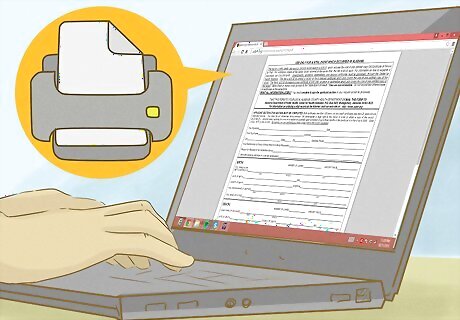
Obtain the application form. You may obtain a copy of the form by printing it from the Florida Department of Highway Safety and Motor Vehicles web site, at https://www.flhsmv.gov/pdf/forms/83039.pdf, or you may pick one up at your county tax collector’s office. You can find a listing of county tax collector’s offices at https://floridarevenue.com/property/Pages/LocalOfficials.aspx. If you wish to receive permanent license plates with the international wheelchair symbol, instead of the hanging placard permit, you will need to complete a separate application. The standards and procedures for the permanent license plate are the same as for the hanging placard permit.
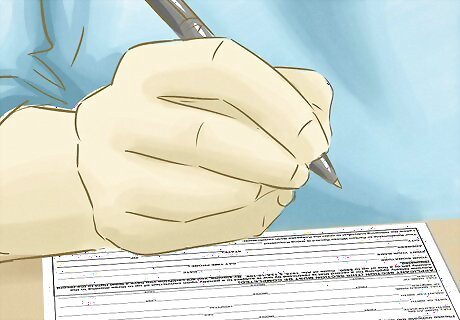
Complete your portion of the form. You will need to provide the following information: Name, address and driver’s license (or Florida identification card) number Email address Signature
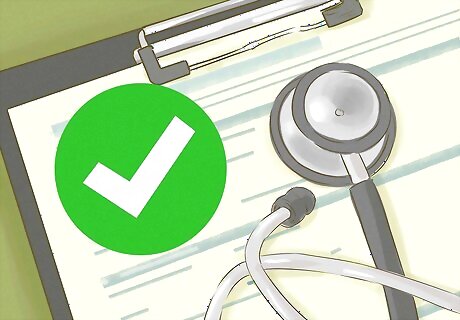
Get your doctor’s authorization. Your doctor must complete a portion of the form. He or she must certify whether your condition is permanent or temporary. In Florida, any of the following may complete this portion of the application form: Physician Osteopathic or Podiatric Physician Chiropractor Optometrist (only with regard to eyesight limitations) Advanced Registered Nurse Practitioner under the protocol of a licensed physician. Licensed Physician's Assistant.

Prepare the fee. There is a fee of $15 for a placard for a temporary disability. There is no fee for a permanent placard. If a second temporary placard (i.e., a renewal) is required within one year, there is no fee for the second placard. However, for an additional temporary placard beyond one year, there would be an additional fee of $15.

Submit the Application. You may submit your completed application in one of two ways, either by mail or in person. Be sure to keep a copy of the completed form before submitting it. By mail – send the completed form, along with the fee, if you are applying for a temporary permit, to your county license plate agency. In person – take the completed form, and fee, if required, in person to your county license plate agency. Find your county license plate agency. You can find a listing with links to each of the individual county tax collector offices at https://floridarevenue.com/property/Pages/LocalOfficials.aspx. Select the county where you live, and then follow the links to find the address and contact information that you need.

Call ahead. If you are planning to submit your application in person, call your county tax collector office ahead of time. Some may accept appointments to minimize your wait time.
Dealing with Lost, Stolen or Seized Placards

Submit a copy of the application. If your placard was lost or stolen, you can get a replacement. You need to submit a copy of your original application form to your county tax collector’s office, and they will issue you a new permit. The medical certification may be no more than 12 months old, or you will need to complete a new application.

Complete a new application. If you do not have a copy of the original form that you completed, then you will need to complete a new form and apply from the beginning.
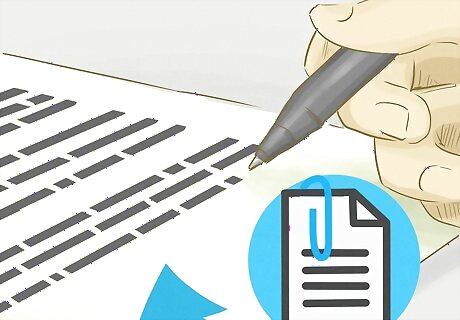
Investigate a seized placard. If the police believe that your car has committed a parking offense (probably in violation of the placard rules), then your placard may be confiscated. If you wish to reapply for a new disability parking permit, you must include a letter of clearance or a receipt from the Division of Motorist Services.
Understanding the "Do's and Don'ts" of Your Parking Permit

Know what your permit allows. The disabled parking permit, whether permanent or temporary, allows you the following special privileges: You may park in specially marked disabled parking spaces You may park for free at parking meters, for up to four hours You may still be charged a parking fee at certain parking lots used for entertainment, such as convention centers or sports arenas An airport may charge for extended parking

Display your permit appropriately. The following are the expectations for the proper display of a temporary or permanent disabled parking permit: Hang the permit from your rear view mirror Hang the permit so the expiration date may be seen from outside your car Do not lay the permit on the dashboard when you are parking. Remove the permit before driving. Do not leave it hanging so that it might obstruct your view.

Keep the necessary information at all times. You must have your permit registration with you at all times. Make sure that your permit is valid and has not expired. Although the state intends to send renewal notices, it is still your responsibility to renew when needed.

Always use your own permit. Disabled parking permits are issued to the individual who needs them, not to family members or friends who may be driving that person. The tag may be moved from one vehicle to another, but the individual who was issued the permit must be in the car. Violations for people who use another person's parking permit are severe.


















Comments
0 comment